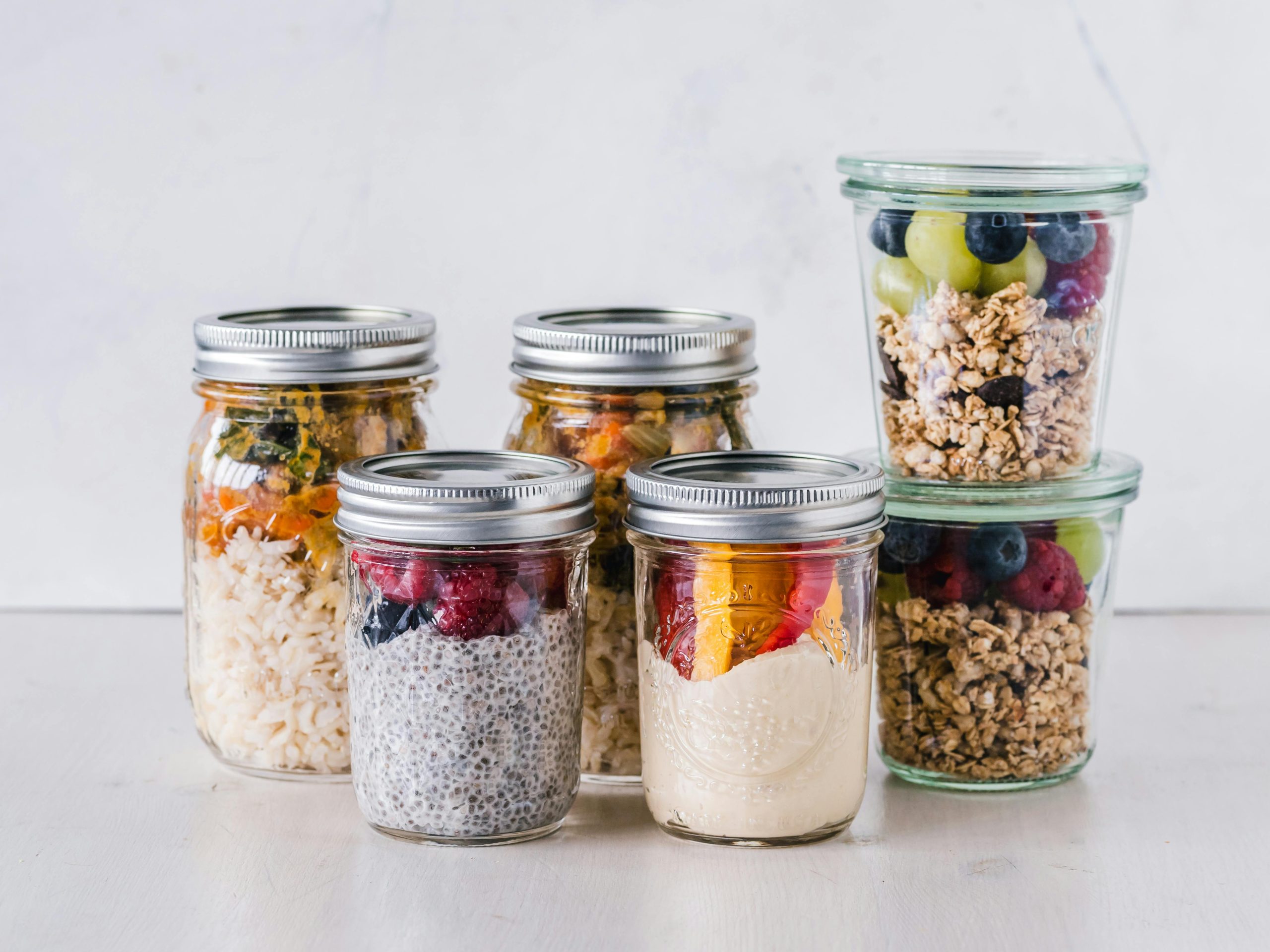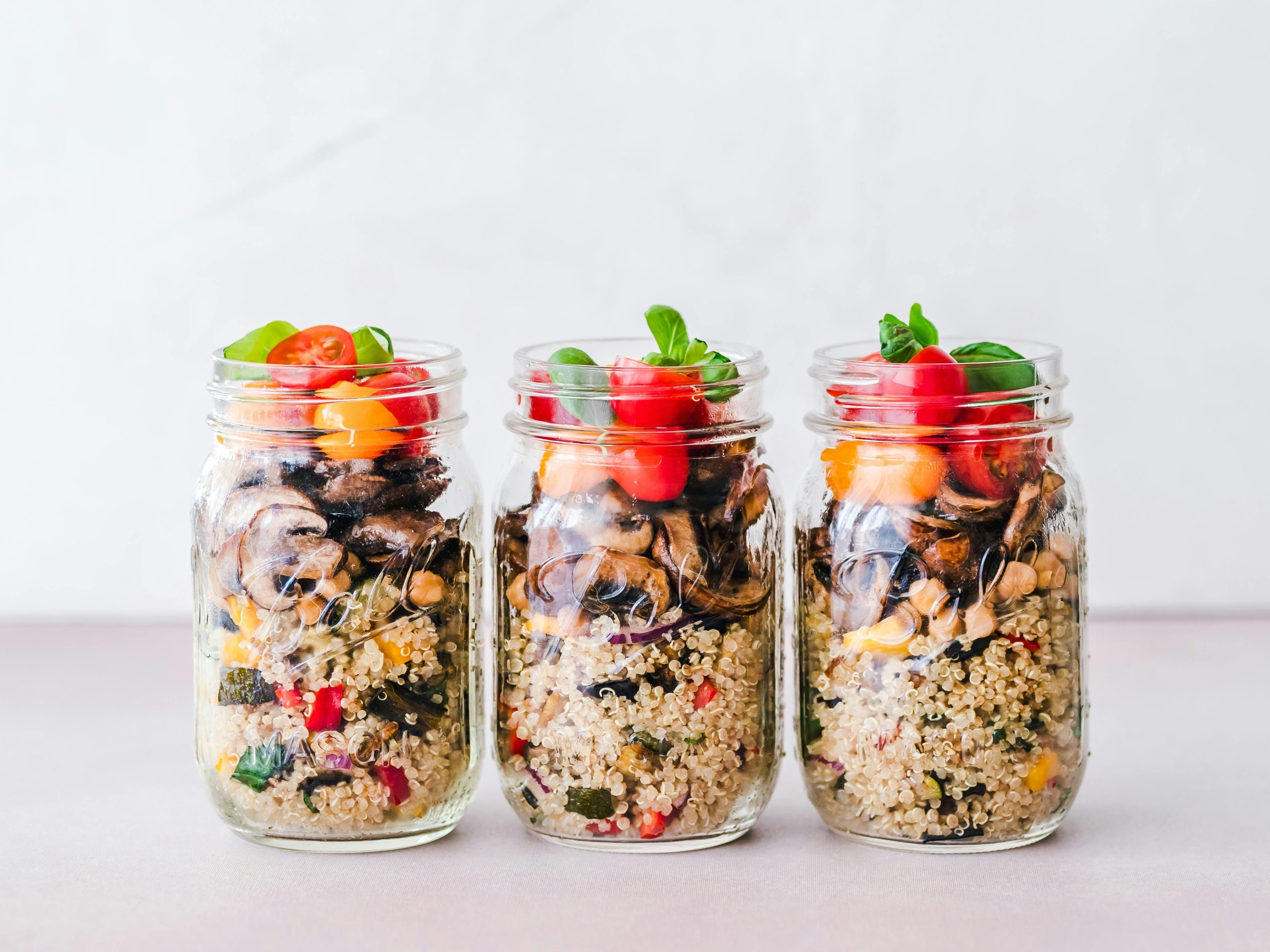For decades, consumers have viewed glass as a premium and environmentally friendly packaging material. It is endlessly recyclable, does not leach chemicals, and makes a product feel substantial and high-quality. Yet, if you walk down a grocery store aisle today, you will notice that many products that once came in glass jars and bottles have been quietly replaced by plastic containers, cartons, and flexible pouches. This shift is not accidental; it is a deliberate business decision driven by a set of powerful economic and logistical factors that make glass a surprisingly difficult choice for modern brands.

Image Source: pexels.com
The High Cost of Shipping and Transportation
The number one reason brands are moving away from glass is its weight. Glass is significantly heavier than plastic or cardboard, which dramatically increases the cost of shipping and transportation at every stage of the supply chain. In an era of high fuel prices, a lighter package means lower freight costs, a savings that a company can either pass on to the consumer or add to its profit margin. This weight difference is the single biggest financial incentive to make the switch to plastic.
The Problem of Breakage and Product Loss
Glass is fragile, and breakage is a constant and costly problem for manufacturers and retailers. A dropped pallet can result in the loss of thousands of dollars of product and create a significant safety hazard for employees. Plastic, on the other hand, is much more durable and less likely to break during shipping and handling. This reduction in product loss, known as “unsaleables” in the industry, makes plastic a more reliable and financially sound option for packaging.
Higher Manufacturing Energy Costs
The process of creating a new glass container is incredibly energy-intensive. It requires melting sand and other materials in a furnace at extremely high temperatures, which consumes a massive amount of fossil fuels. While glass is recyclable, the process of melting down and reforming recycled glass is also very energy-demanding. In many cases, manufacturing a new, lightweight plastic container has a smaller carbon footprint than manufacturing a new glass one.
Consumer Demand for Convenience

Image Source: pexels.com
Modern consumer behavior also contributes to the decline of glass. Shoppers now value convenience, and plastic often delivers it better than glass. A squeezable plastic ketchup bottle is much easier to use than a glass one, which requires tapping on the bottom. A lightweight plastic jar of peanut butter is easier to handle than a heavy glass one. Brands are responding to this clear consumer preference for packaging that is lighter and more user-friendly.
A Complicated Choice
The move away from glass is a complex issue with no easy answers. While we often think of glass as the most sustainable option because of its recyclability, its heavy weight and high energy consumption make it a challenging choice for a globalized food system. The shift to lighter, more durable materials like plastic highlights the difficult trade-offs that brands must make between cost, convenience, and environmental impact.
Do you prefer to buy products in glass or plastic containers? Does a product’s packaging material influence your decision to buy it? Let us know!
Read More
5 Foods That Go Bad Faster in Plastic Than Glass
10 Popular Items That Have Shrunk in Size but Gone Up in Price
